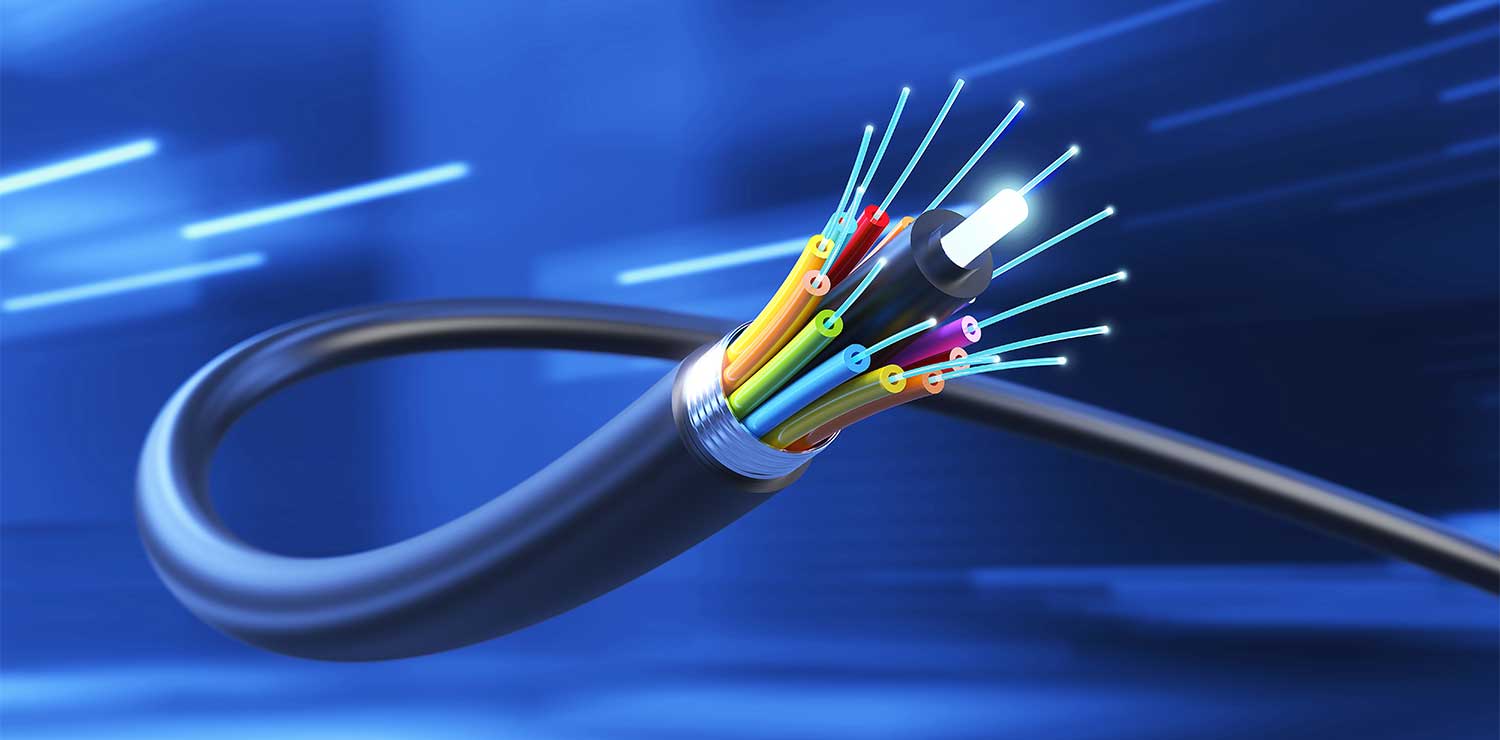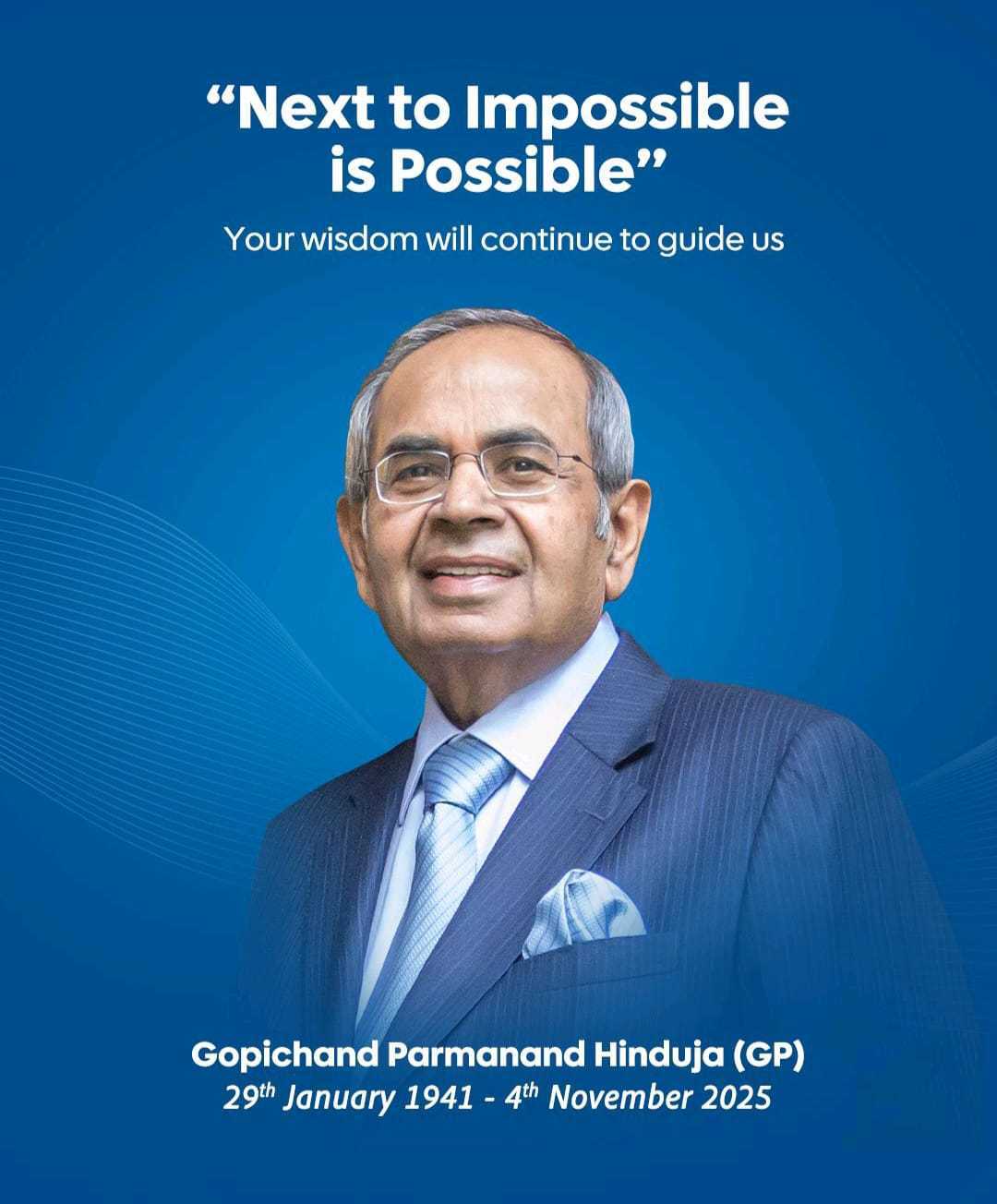

21 Jul, 25
Local Cable Operators: The Hidden Backbone of OTT in India
India’s appetite for video content is growing fast. Whether it’s a cricket match on JioHotstar or a midnight binge on Netflix, users expect seamless streams. But smooth streaming isn’t just about high-speed plans or good devices. It comes down to the last mile, that final stretch of the internet connection that’s managed mostly by local cable operators (LCOs).
These operators have moved beyond basic service delivery. In many Tier 2 and Tier 3 cities, they’re the ones holding up the digital grid. But as usage increases, especially with video-heavy apps, our networks are beginning to feel the pressure. Peak-hour slowdowns and buffering are signs that something deeper needs attention.
One approach gaining ground is network slicing. And it’s worth understanding why.
Network Slicing: A Smarter Way to Manage Demand

By 2028, over 70 per cent of India’s mobile data will be video content. Traditional networks weren’t built for this kind of volume. Network slicing allows broadband providers to set up virtual lanes inside a single physical connection. Each lane can be reserved for specific needs. For example, high-definition video, online games, or business tools. This helps manage congestion and improve service consistency, especially in dense cities like Mumbai or Delhi.
For users, it means fewer interruptions. For platforms, it means their content reaches viewers the way it was meant to be seen.
Why LCOs Are Essential to Quality

In most parts of India, the last mile or final connection to a home or office is handled by an LCO. That’s a powerful position to be in, especially as more users stream live sports, attend video calls, and access cloud services.
Here’s what a well-equipped LCO can do:
- Prioritise content from platforms like Netflix or YouTube
- Respond quickly to traffic spikes during big events
- Store frequently accessed content closer to users
All of this is possible with the help of software tools like Software-Defined Networking (SDN) and Multi-access Edge Computing (MEC). SDN allows operators to adjust traffic flow through software controls rather than hardware changes, speeding up response while reducing cost. MEC brings processing closer to users by enabling data handling at the network edge, rather than routing everything through distant servers. Together, they help LCOs act faster, reduce delays, and deliver a better experience.
From Cable Fixers to Digital Enablers

A local operator in Nashik or Guwahati can do more than maintain cables. With the right setup, they can actively manage parts of the network to deliver faster, more stable service.
To do this, LCOs need to:
- Monitor real-time service metrics
- Deploy lightweight tools that adjust to local needs
- Sync with 5G and fibre-based systems
This is not just about better internet; it’s about local partners playing a larger role in the digital supply chain.
Why This Suits India’s Model

India’s internet backbone is distributed. LCOs serve large numbers of users across small cities and towns. They’re closer to the customer, both in distance and relationship. That closeness is what makes all the difference. A one-minute delay in a metro may be tolerated. But in a small town where digital services are just picking up, that delay is a dealbreaker.
More importantly, with the government supporting 5G and fibre rollout, there’s a window for LCOs to expand their role, if given the right tools and the opportunity to deliver.
What Does This Mean Going Forward?

Streaming platforms want stable pipes, customers want zero delays, and telcos want better control over delivery. And who’s sitting right at the centre? India’s LCOs. By investing in smarter technology and offering targeted support, we can prepare these operators for what comes next. They’ve already brought the internet to millions. Now, they’re presented with the opportunity to make it better.
The fact remains, the future of streaming in India doesn’t sit in data centers alone. It’s built every day—on rooftops, in back offices, and through local partnerships that keep the country connected.
Reliability At Your Service
Are you looking to deliver better quality broadband and services to your customers? Visit www.onebroadband.in to know more.














